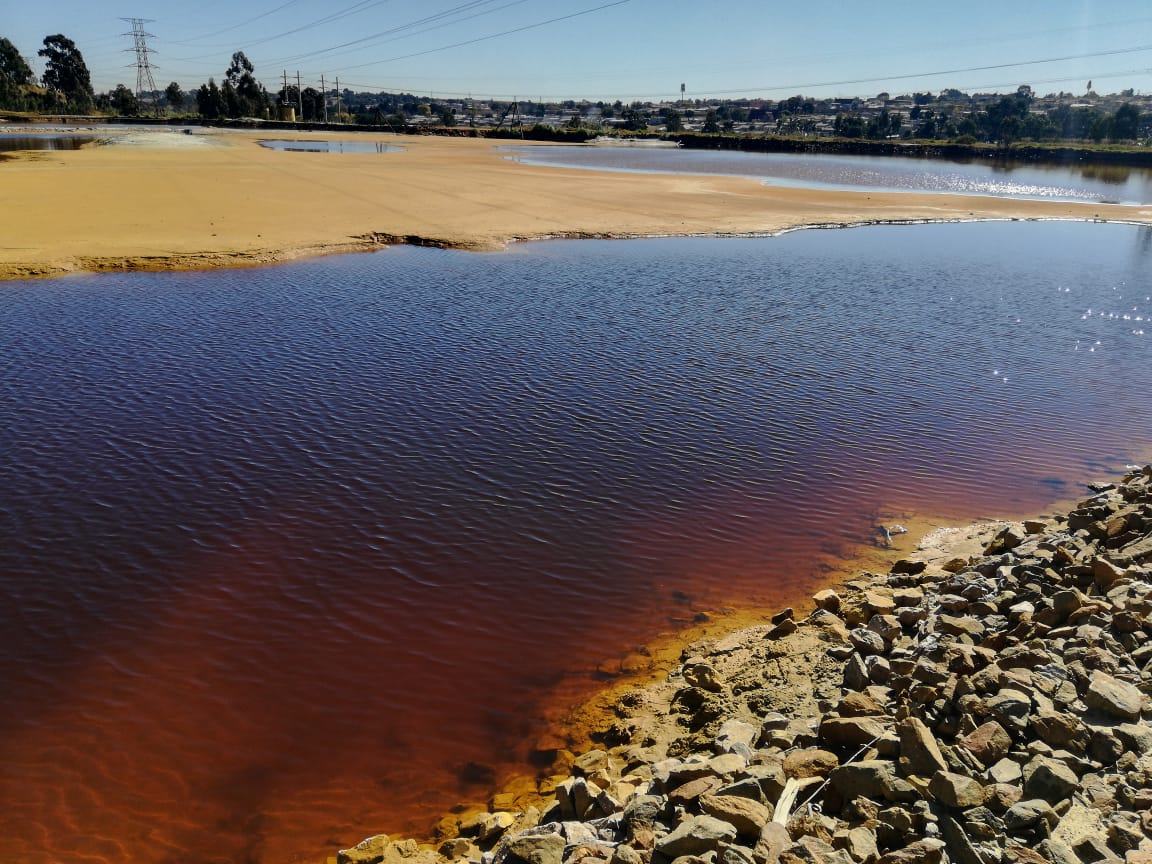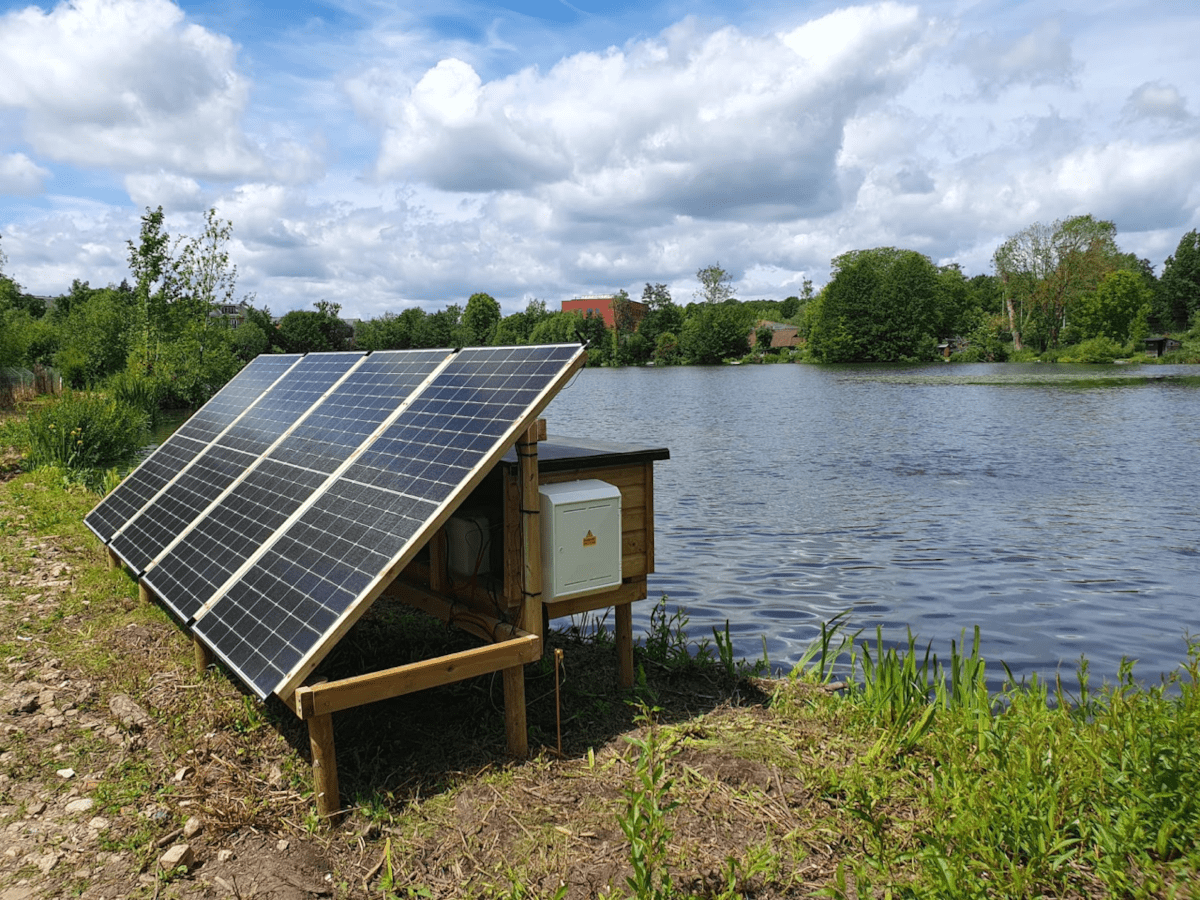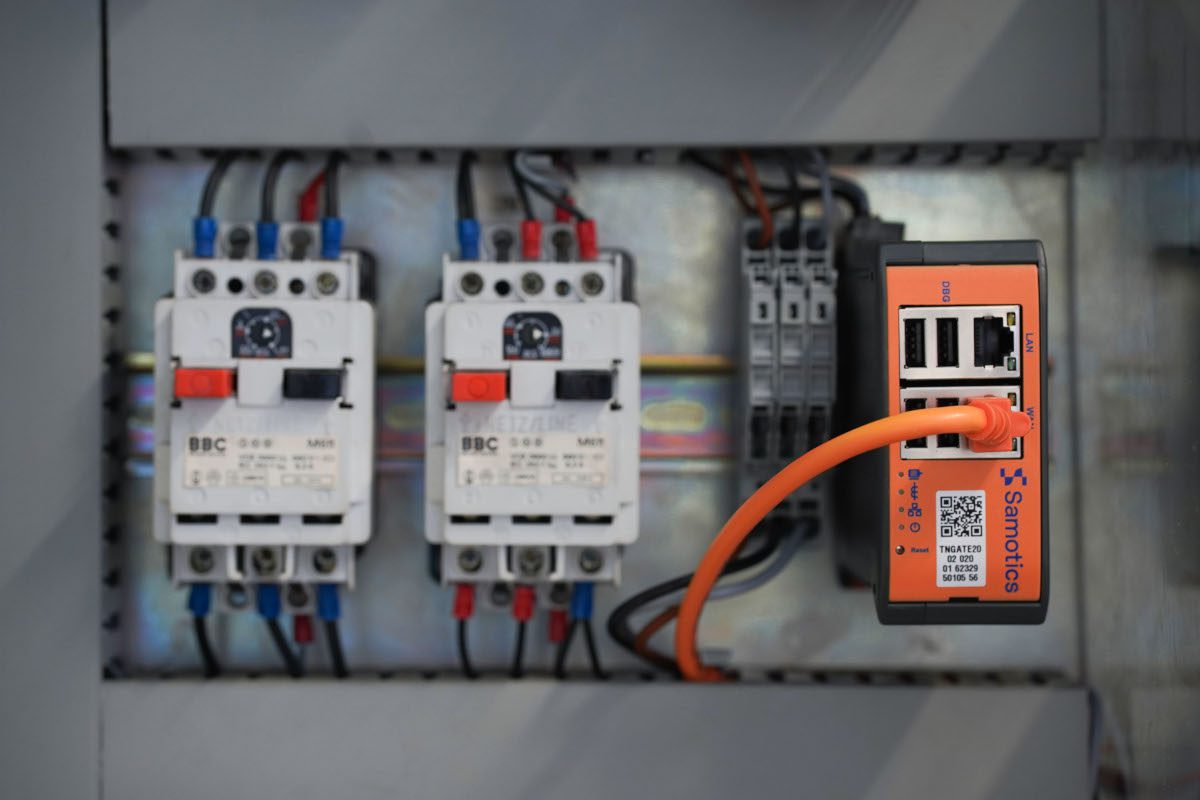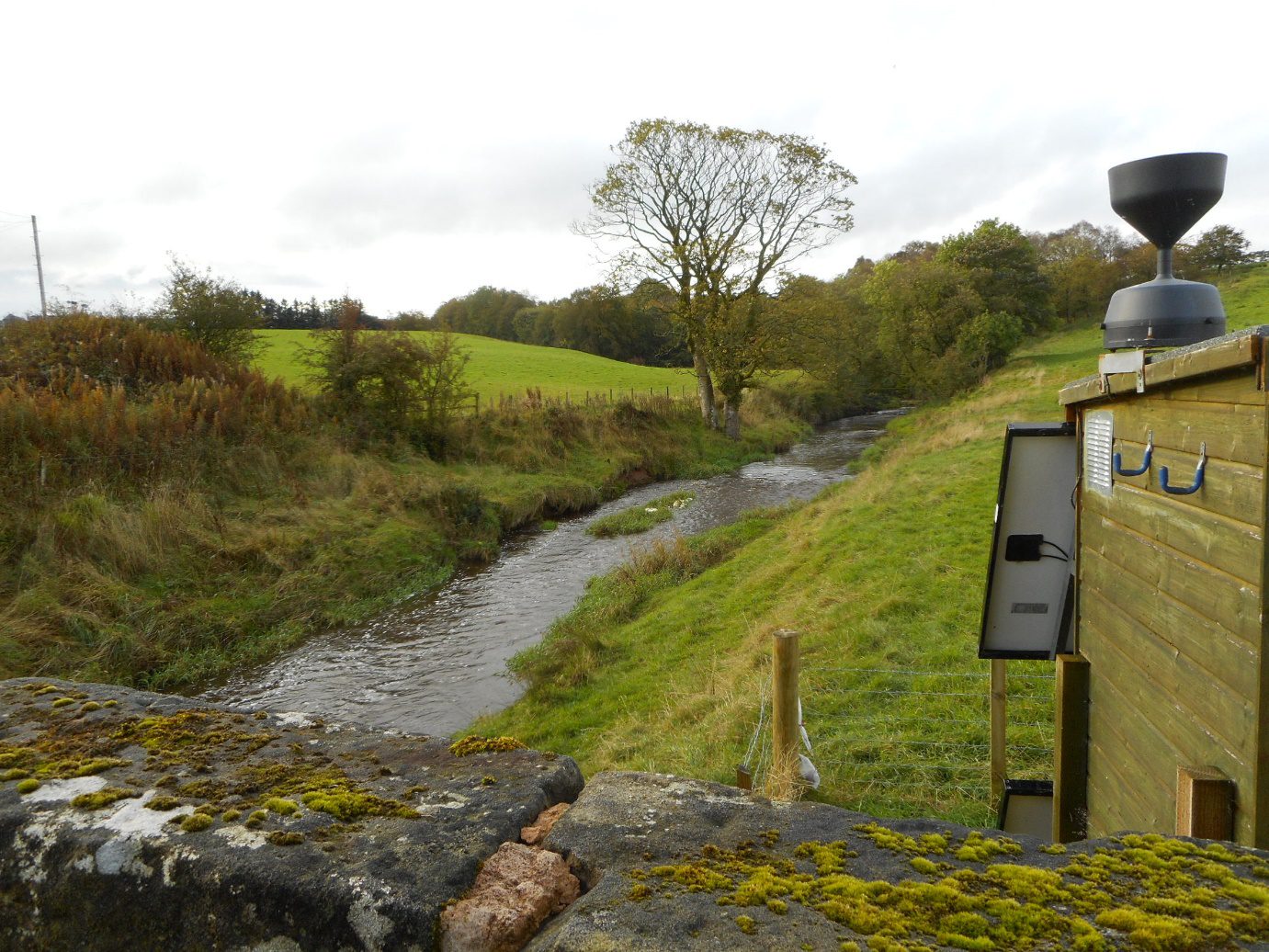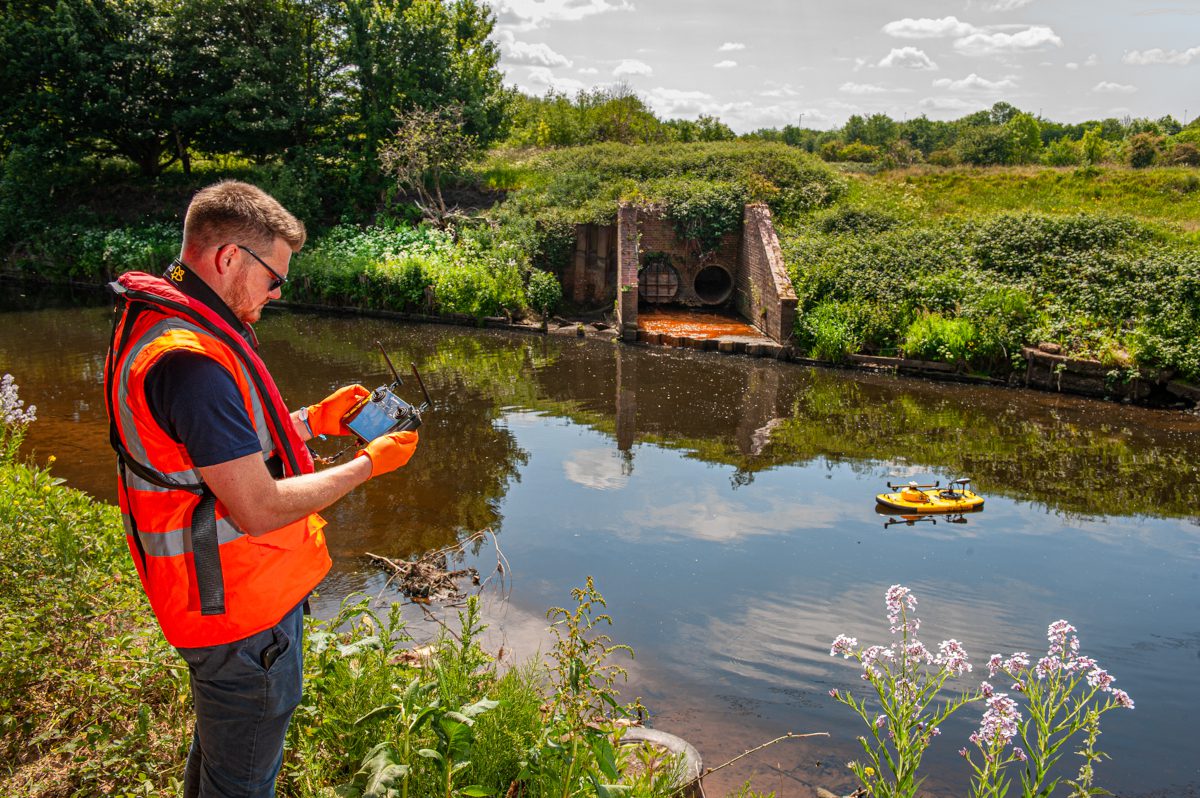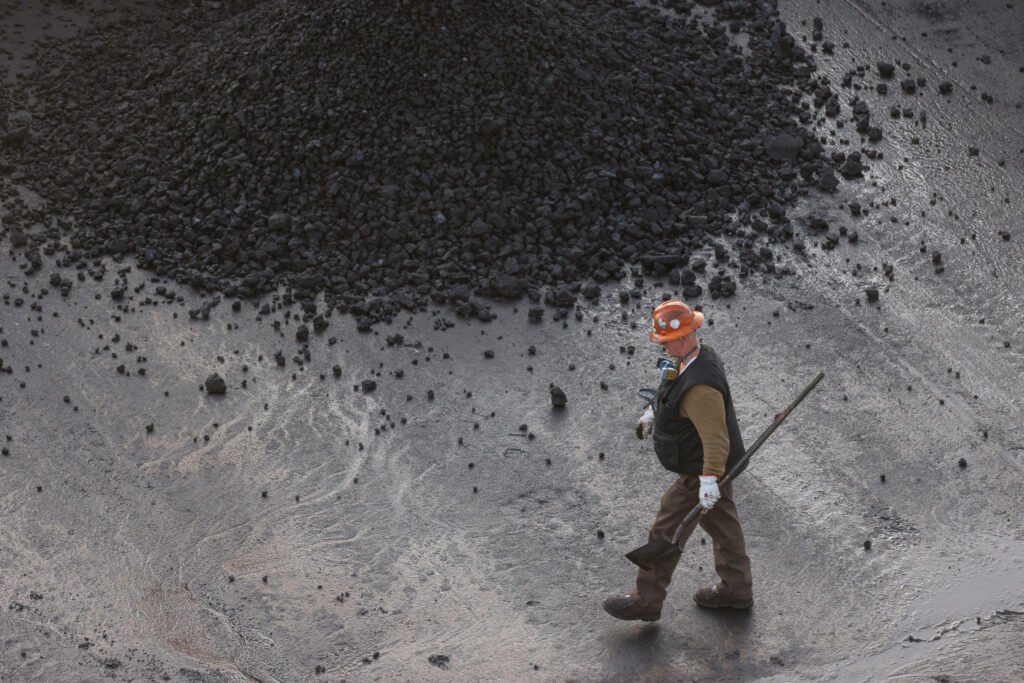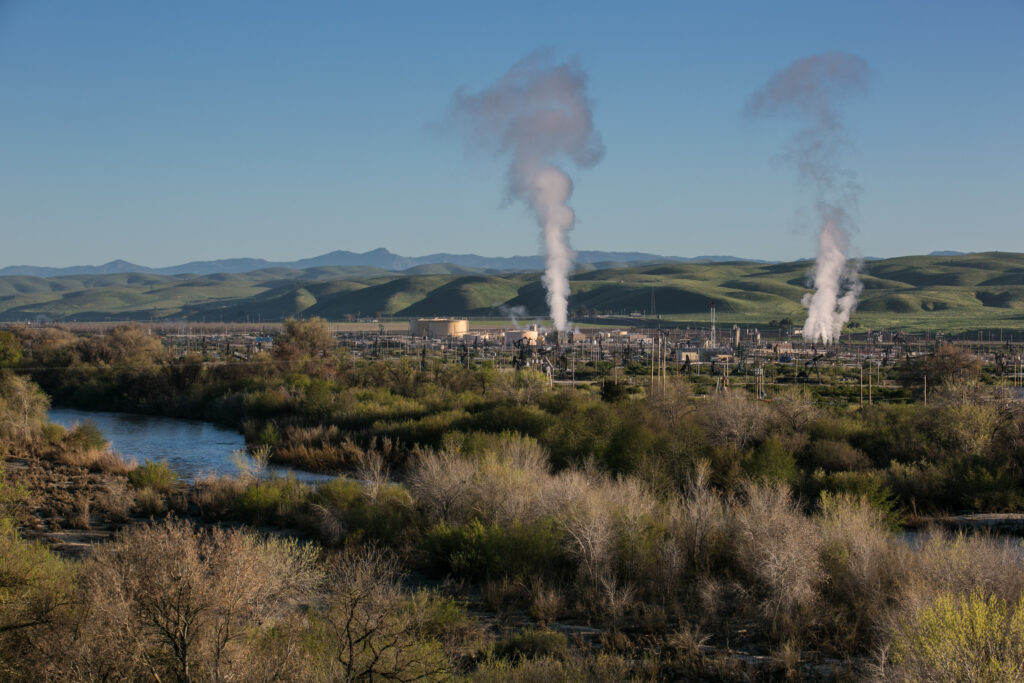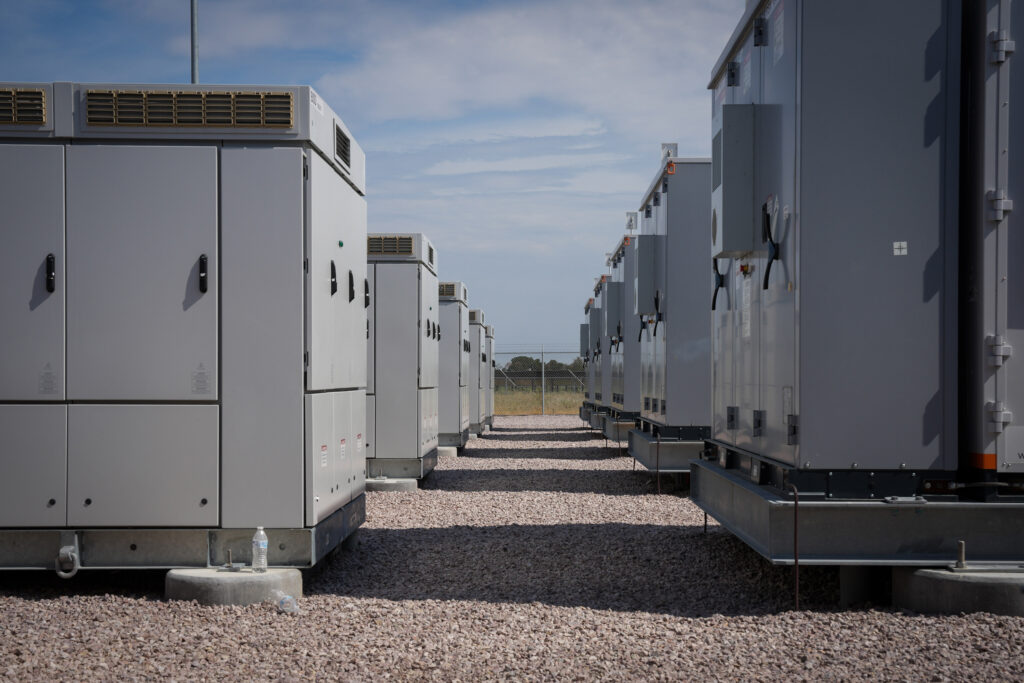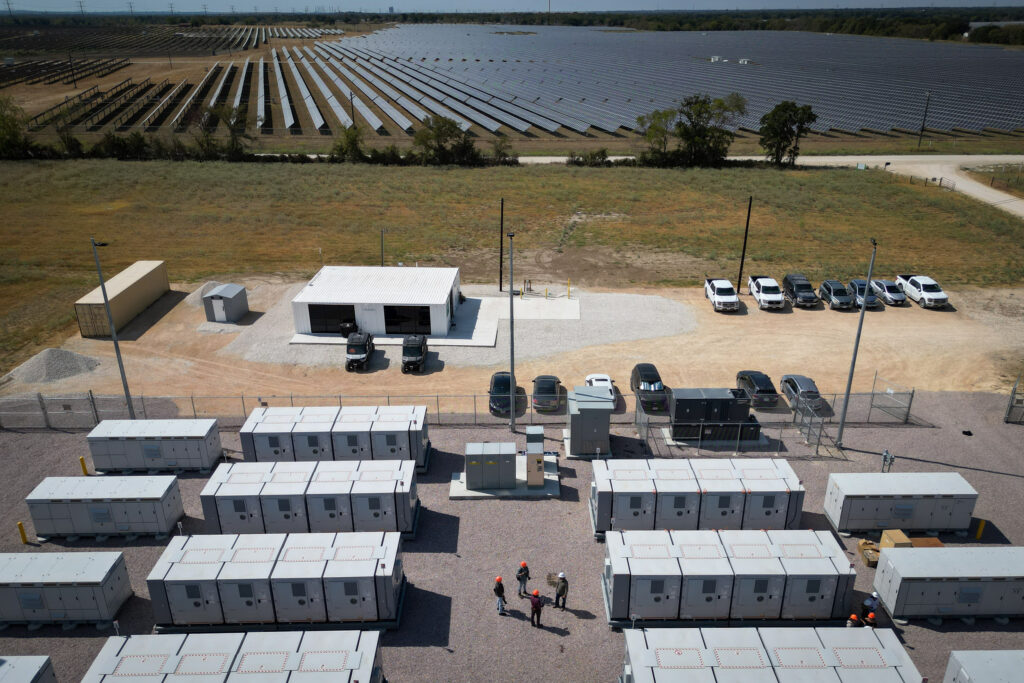By Paul Grills, BPF Pipes Group
There is plenty of talk about preventing leaks in below ground water and drainage pipes and the importance of good installation; however, ensuring the quality and long-term performance of these pipes starts well before they are actually installed.
British Plastics Federation (BPF) Pipes Group manufacturers make their products to recognised standards, both for the UK and internationally. In drainage pipes and fittings there are wide varieties of options to choose from but the manufacturing process is a vitally important part of ensuring these products are fit for purpose.
For example, in drainage, even non-pressure plastic pipes are tested before they leave the manufacturer.
Most BPF Pipe Group members’ products are third party certified, such as Kitemark, and pressure testing is part of this. During the test, manufacturers apply up to 2 degrees angular deflection, to allow for the pipe not being installed perfectly straight/level, as well as a diametric distortion test (squeezing the spigot by 10 per cent and the socket by 5 per cent) to make sure it can tolerate some differences in installation.
Not every product gets that test; but the requirements of the European Standards demand a test every 2-3 years, so plastic pipes are submitted regularly by pulling out a selection of random samples off the production line or from stock. In addition, this testing is repeated any time there is a change to the material or design of the product.
There is a second part to this testing too: how to ensure that every product leaving the factory is to the exact quality required. For many manufacturers automation is playing an increasingly important role in maximising the performance and quality of these products. By using camera vision systems to scan the inner and outer dimensions of seals for pipes and fittings made on injection moulding machines, the sophisticated system is programmed to pull out and reject any that do not meet the dimensional criteria.
So, an example is 110mm pipe seals. Thousands are produced and the advanced visual inspection system checks every single one. Then a robot takes this seal and assembles it to the fitting. It then pressurises the fitting for a few seconds to ensure leak-tightness. Any rejects are fed back into the recycled product chain so waste is absolutely minimal.
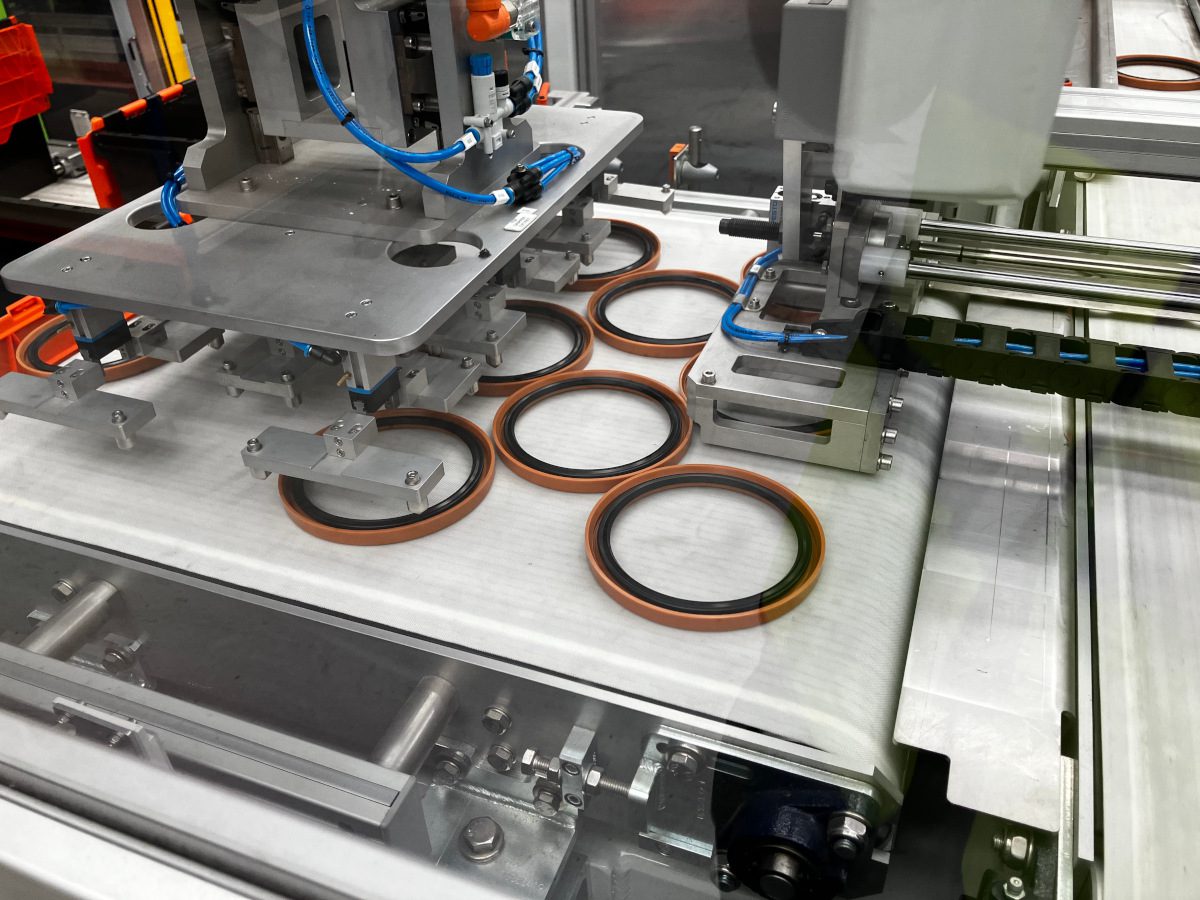
Once the products leave the factory and are installed, they should be air-tested once they’re in the trench before and after backfill, in accordance with Building Regulations.
The ultimate aim of the whole process is for maximum production with minimum faults or returns. Automation and automated visual testing are helping to achieve perfection and performance in one – a welcome reassurance, both for the installer and end user.



